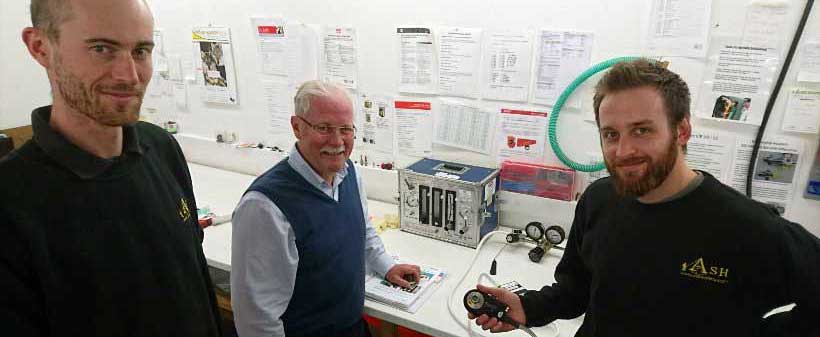Is Your PPE Serviced or a Death Waiting to Happen?

Having just sat down with yet another manufacturer worried because their equipment is only having visual checks done by an Insurance Company, you have to ask how can this still be happening?
Under the PPE legislation all PPE must be serviced by either the manufacturer or an authorised service agent. EN365: 2004 clearly covers this and so does LOLER. Whilst a competent person who has been trained in the use of PPE can conduct a visual examination they can not perform the detailed thorough examination required by legislation. This is what has to happen so that your product is serviced and so operates as it was intended to.
What this means is you may believe that you are complying with the regulations because an insurance company is doing 6 monthly checks on your equipment. So you may well be surprised to find that these companies may well only being doing a visual inspection. This means that if you have an accident and your equipment was the cause that you may well be liable. This is because all of the checks done by the insurance companies I have dealt with state that they are only performing a visual inspection. The fact that you may have believed that you were getting an actual service of your PPE would carry no weight in court and they would be very quick to point out that they are only performing a visual check.
Every PPE product has a detailed service regime specified by the manufacturer for their equipment along with the permitable life for the use of that equipment. For instance some harnesses and lanyards are 5 years and some are 10. Winches and fall arrest blocks may be 5, 10, 15 or even for as long as it it serviced and maintained using the manufacturers parts. This applies to every PPE product and details of this requirement are usually in the instruction manual. Breathing apparatus is quite often 12 years as this is when all of the hosing usually requires replacement and this can make unit replacement a more cost effective option.
Checking that the company servicing your equipment is authorised to do such work is simple. Each manufacturer issues a certificate that lasts a certain period of time, usually from 2 to 3 years and that certificate states all of the items that can be serviced and as such that spares can be purchased for. This is important as only authorised service agents can buy parts and even then only those that relate to their certification. This is so that audit trails can be established to ensure that the work is being carried out correctly. It also ensures that if a recall notice is sent out that the agent will contact each company they have supplied to ensure that the equipment has these parts retro fitted so it will perform as intended. Each equipment manufacturer has product liability insurance that covers against failure of their equipment. But this cover is void if the equipment has not been serviced in the way that the legislation dictates.
What is also widely misunderstood is that it is the company that is authorised to perform servicing and not the individual, although they have to be certificated and trained. So if a technician leaves the company who they work for to start up a service centre of their own for instance, this cannot be done without the manufacturers setting that person up as an authorised service agent. So whilst they may understand how the unit works they are not able to buy any spares unless they are registered and audited by the manufacturer. Having just been recently re certificated by GCE medical for servicing their oxygen resuscitation, the information requirement for these devices is even more stringent because this deals with medical gases and quite rightly so.
So are you getting what you think? Because your workforces lives are in your hands when you provide them their PPE.
